HelpHero is the only tool on the market that has reasonable, sane pricing for small business / budgets.Chris O., Strategy & Sales
How Smart Tech Startups Create Successful User Onboarding Experiences
17 April, 2025
User onboarding is a crucial step in ensuring that new customers not only understand your product but also experience its value quickly. A well-optimized onboarding process increases engagement, boosts retention, and turns new users into long-term advocates for your product.
At HelpHero, we’ve analyzed onboarding experiences across various SaaS companies and identified common attributes that lead to success. Whether you’re a startup looking to grow your customer base or an established business aiming to improve user engagement, these five key tips will help you create a smooth and effective onboarding experience.
1) Keep It Concise and Simple
Your onboarding experience should set your users up for success by being clear, to the point, and easy to follow. Instead of overwhelming users with too much information at once, focus on the key things they need to know to get started.
- Do they need to perform an initial action, like syncing data or installing a plugin?
- Do they need to know about a specific feature or capability your product offers?
Slack’s onboarding experience is an excellent example of keeping it concise. Instead of a lengthy product tour, Slack introduces users to one key feature at a time—such as sending a message or setting up a channel—through interactive tooltips.
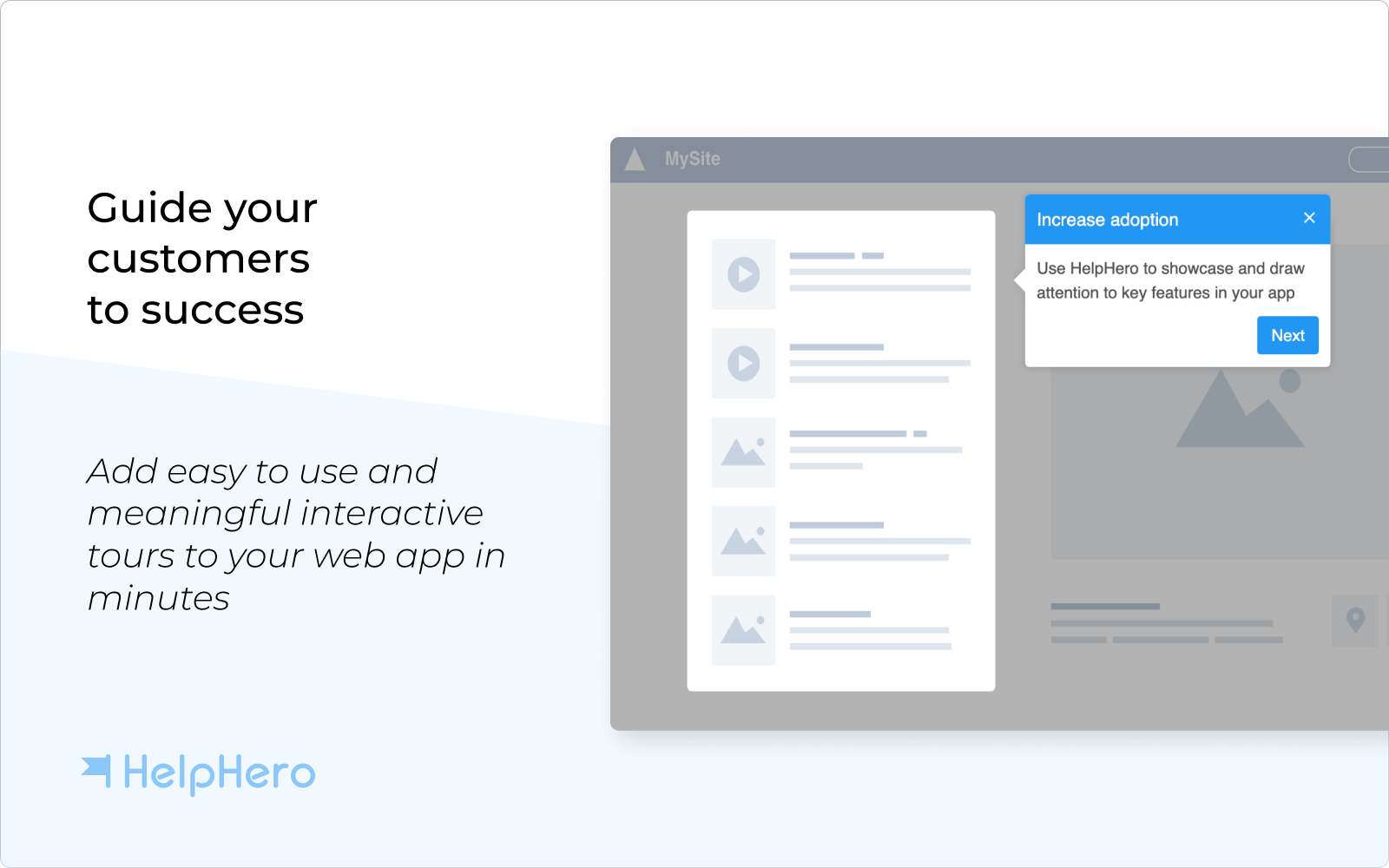
2) Stagger Onboarding Information
One of the biggest pitfalls of onboarding is introducing all features at once in a giant walkthrough. This overloads users with too much information upfront, making it hard for them to remember or apply what they’ve learned.
Introduce features gradually based on user progress to avoid overwhelming them. For example, Figma doesn’t introduce advanced design tools immediately—instead, it starts by guiding users to create their first design file and add basic shapes. Once users become comfortable, they receive suggestions for more advanced features like prototyping and team collaboration. This step-by-step approach ensures users learn at their own pace, making onboarding feel natural and engaging.
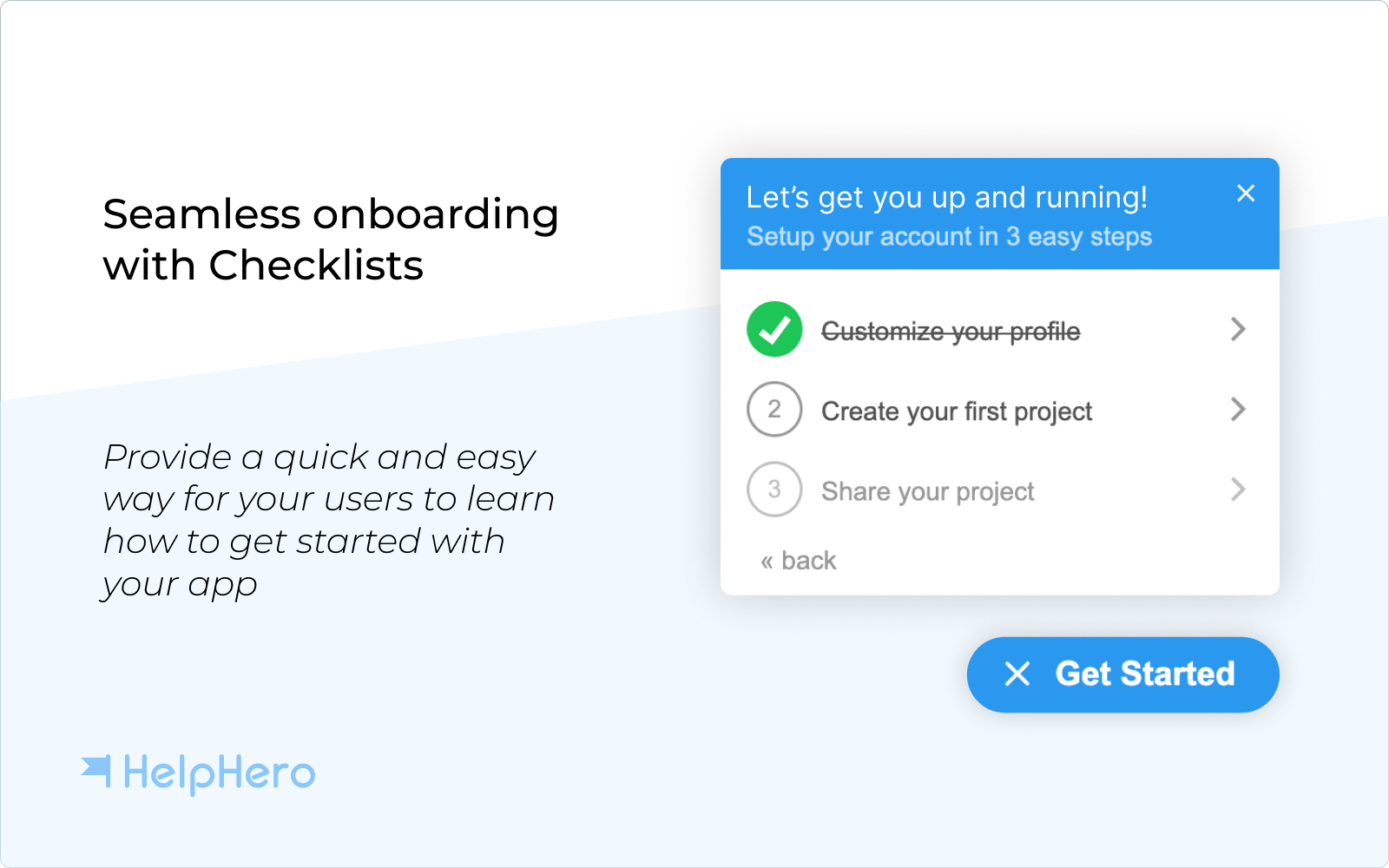
3) Personalize the Experience
Not all users have the same needs. Your onboarding process should be tailored based on different roles and use cases. A marketer using your product may need a different walkthrough compared to a developer.
As an example, Canva customizes its onboarding based on user intent. When new users sign up, Canva asks whether they are a teacher, marketer, student, or small business owner. Based on their selection, Canva provides relevant templates and design recommendations tailored to their needs.
4) Make Onboarding Engaging and Rewarding
Users are more likely to complete the onboarding process if they can see their progress and have clear steps to follow.
- Use visual indicators, such as checklists, to show users where they are in the onboarding journey.
- Break the process into small, achievable milestones to keep users motivated.
- Provide helpful nudges or reminders if they haven’t completed an important step.
When users feel a sense of progress, they’re more likely to stay engaged and complete the onboarding journey.
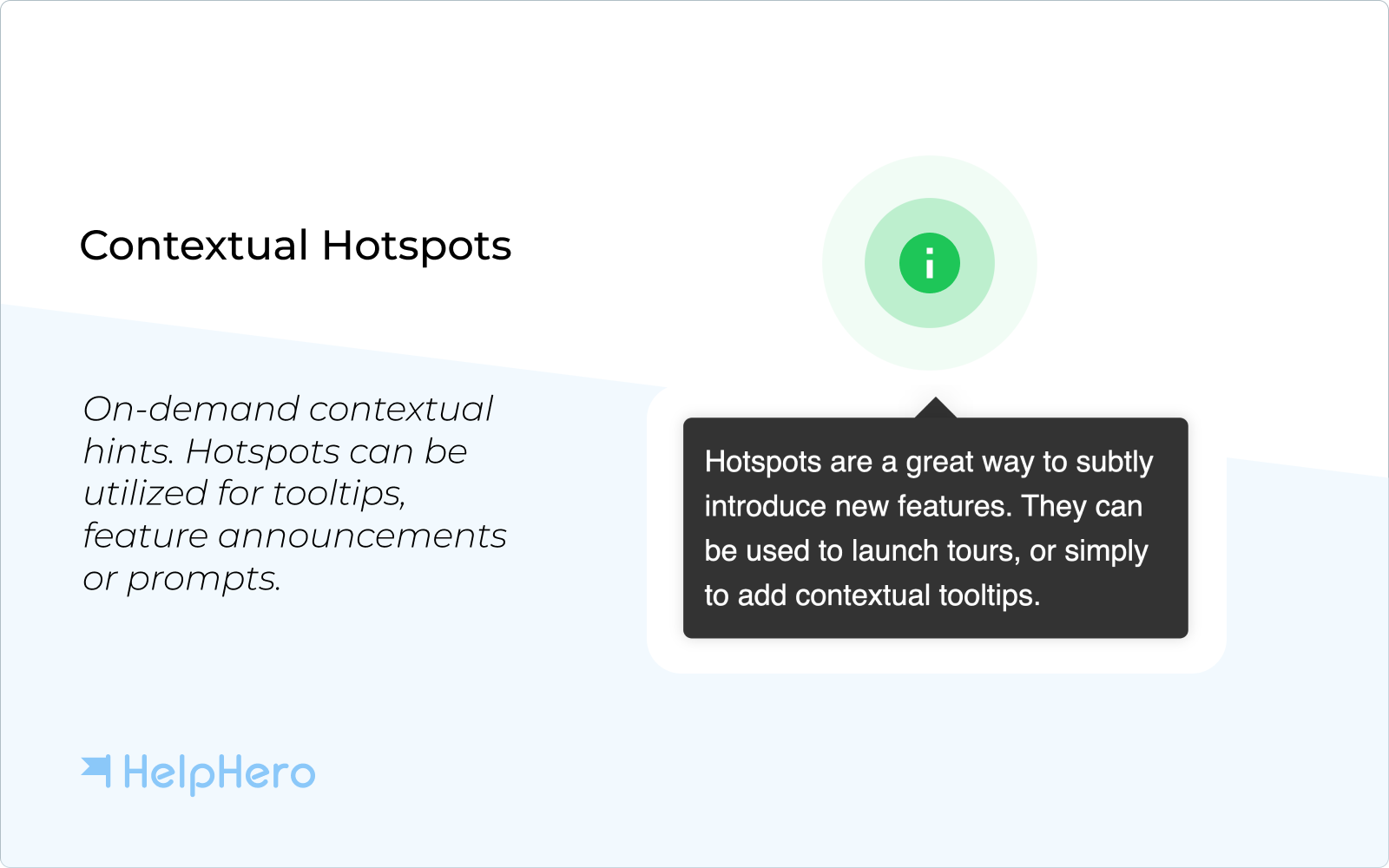
5) Focus on Delivering Value Quickly
Ultimately, onboarding should highlight the value of your product as soon as possible. The quicker users see the benefits, the more likely they are to stick around.
Avoid unnecessary steps that don’t directly help users get started. Instead, focus on actions that provide immediate value, such as:
- Getting familiar with key features
- Completing an important setup step
- Achieving a small win with your product
If users experience immediate value, they’ll have a more positive experience and be more likely to continue using your product.
In Summary
A great onboarding experience can be the difference between a user staying with your product long-term or dropping off early. By keeping it simple, staggered, personalized, engaging, and value-driven, you can create an onboarding journey that sets your users up for success from day one.
Choosing the Right Onboarding Solution
Now that we’ve covered the importance of user onboarding, how do you choose the right solution for your startup?
The onboarding process isn’t just about introducing features—it’s about ensuring users quickly see the value in your product and stay engaged. A well-structured onboarding solution should help users navigate your platform seamlessly while allowing you to track, optimize, and personalize their experience.
When evaluating a product tour or onboarding solution, keep these key factors in mind:
- Ease of Use: Can your non-technical team members create and manage tours without needing developers?
- Rich Media Support: Does it allow you to add images, videos, and links for an engaging experience?
- Analytics & Optimization: Can you track completion rates and adjust based on user behavior?
- User Targeting: Can you personalize onboarding based on user roles, devices, or languages?
- Javascript API: Can you start your tours through an API for more advanced use cases?
- Integrations: Can it work seamlessly with your support tools, emails, and documentation?
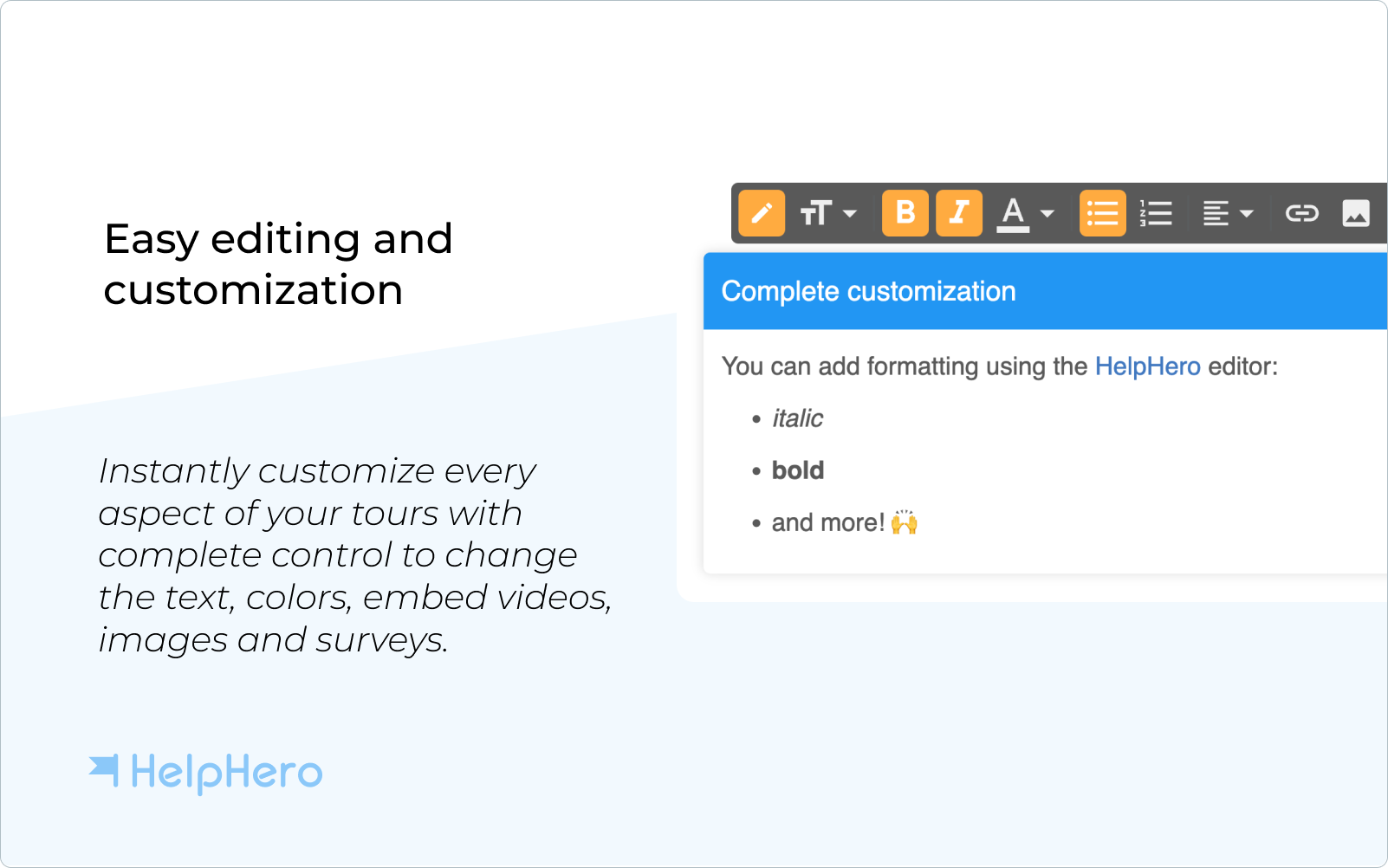
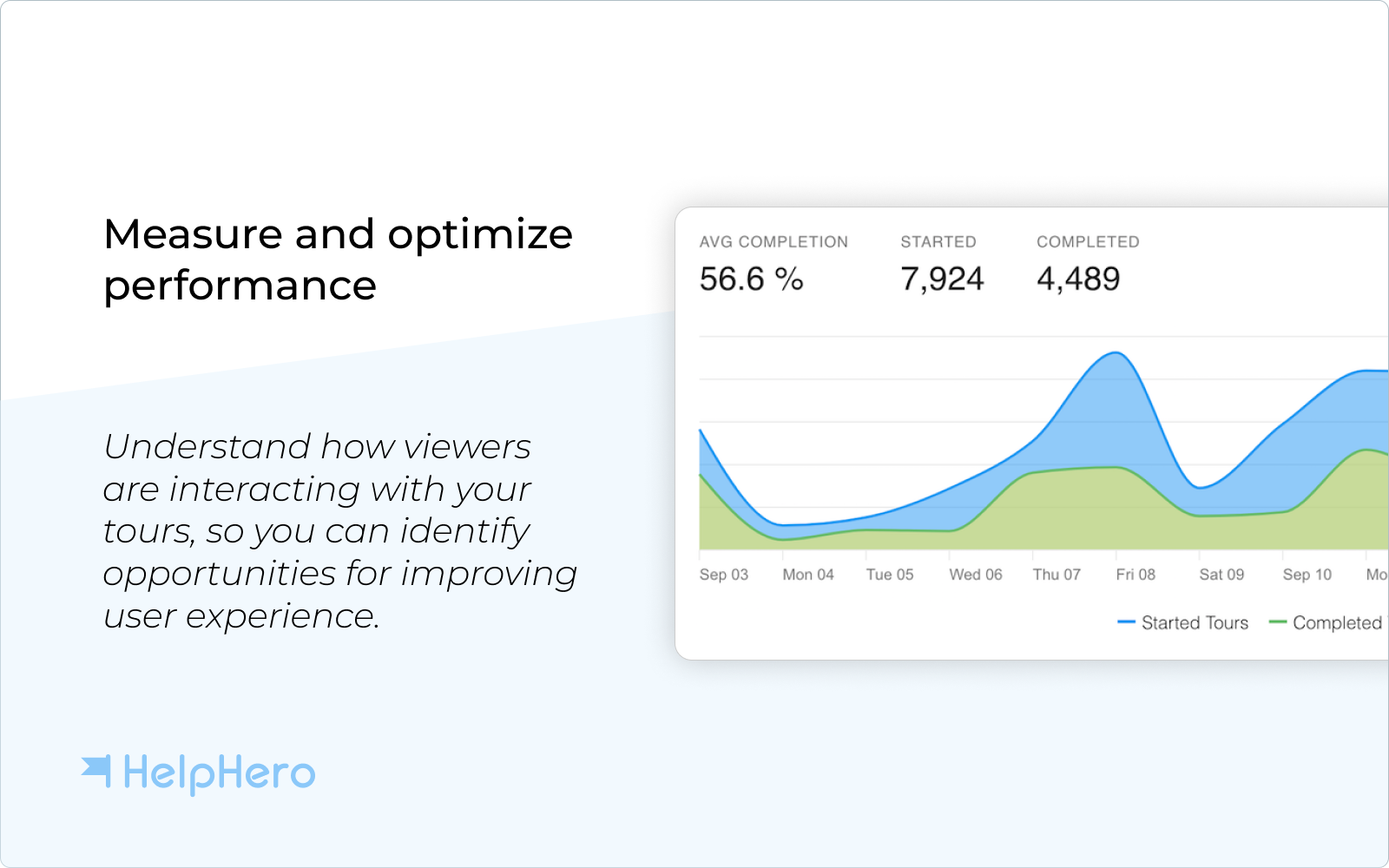



Get Started with HelpHero
If you’re ready to implement a seamless onboarding experience for your tech startup, a no-code solution like HelpHero can help. Known for its easy setup, intuitiveness, and affordability, HelpHero enables startups to create simple, effective onboarding flows without requiring engineering resources.
A well-designed onboarding process isn’t just a one-time setup—it’s an ongoing strategy that enhances user experience, engagement, and retention. Start optimizing yours today!